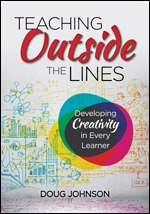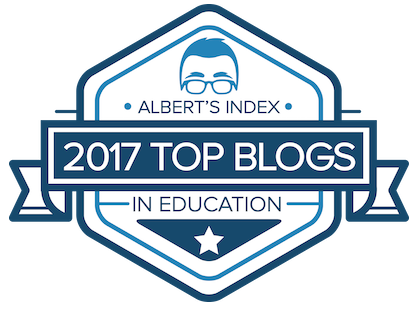Dusty Museum Displays No More - Alas
 Monday, October 24, 2005 at 02:11PM
Monday, October 24, 2005 at 02:11PM The LWW and I spent quite a bit of time getting a little culture and history this weekend while in the Baltimore/DC area. Places visited included
- National Museum of the American Indian (made from beautiful limestone that came from a quarry about 15 miles from our house.)
- National Museum of American History (I just love the First Ladies gowns and was impressed with the Field to Factory: Afro-American Migration 1915–1940 exhibit.)
- Mount Vernon (Where I was verbally assaulted by a grumpy George Washington impersonator.)
- National Aquarium in Baltimore (Lots and lots o' fish - what can I say?)
- Fort McHenry in Baltimore (Oh, say can you see...? Nice to see a National Park service movie where kids can watch the narrator smoke, drink and clean his gun.)
OK, I know I am getting old and cranky, but sometimes I yearn for the good old days when museums were simply rooms full of dust-covered display cases crammed with interesting stuff and illegible notecards propped near each mouldering object. Today's museum "enhances" the education experience through a barrage of multi-media. Nothing wrong with multi-media per se, but if I watched every damned video snippet or listened to every audio explanation, I do believe I'd still be on the 3rd floor of the NMAI, having only started on the 4th floor working my way down.
The museum experience has been definitely impacted by the information explosion. I found myself reeling.
When I get the chance, I try to use guides (either print or audio) when I visit a museum. On our "great nudes of Europe" trip to London, Amsterdam, Paris and Madrid a few years ago, my son Brady and I used Rick Steves' useful book Mona Winks: Self-Guided Tours of Europe's Top Museums when visiting the Tate, Prado, Louvre, Rijksmuseum, etc. It was wonderful - short, meaninful explanation of the top 10-20 museum "highlights" and clear maps on how exactly to get them. (Take a left at the Venus de Milo and go straight past the Mona Lisa...) We could hit two museums in a day and feel we got our money worth. I'm not really a total barbarian, it's just that about 3 hours standing on marble floors, even in good shoes, is all I can take.
One sign of hope for cultural overload is that a college professor and his students are creating "alternative" visitors guides to art museums that can be downloaded to MP3 players through a project called Art Mobs. Right now the group is working on a guide for the MOMA in NYC. I hope they expand their efforts to other very large collections of stuff - including the Smithsonian museums. And hopefully they'll take the Rick Steves' approach - ferret out the best 10% of collections for those of use who can't stand to stand or have a limited time to spend gazing in awe.
Say, wouldn't that make a great project for students who might provide a guide to one's county museum?
Back in the trenches after a month of what seems like constant travel. Educational blogging to follow.







